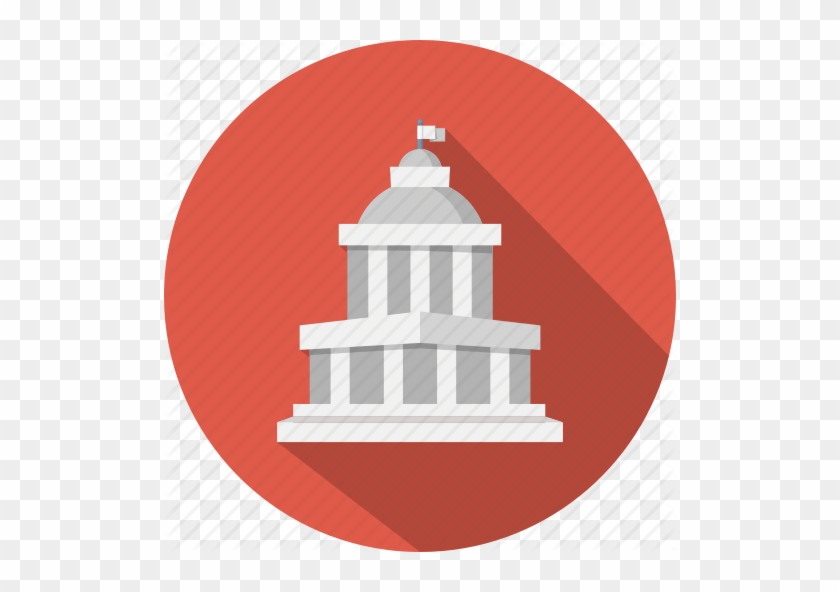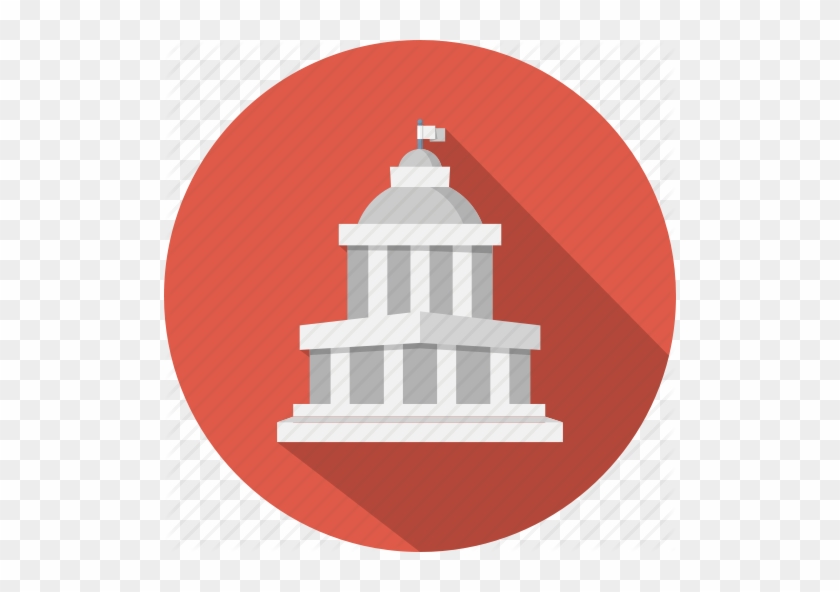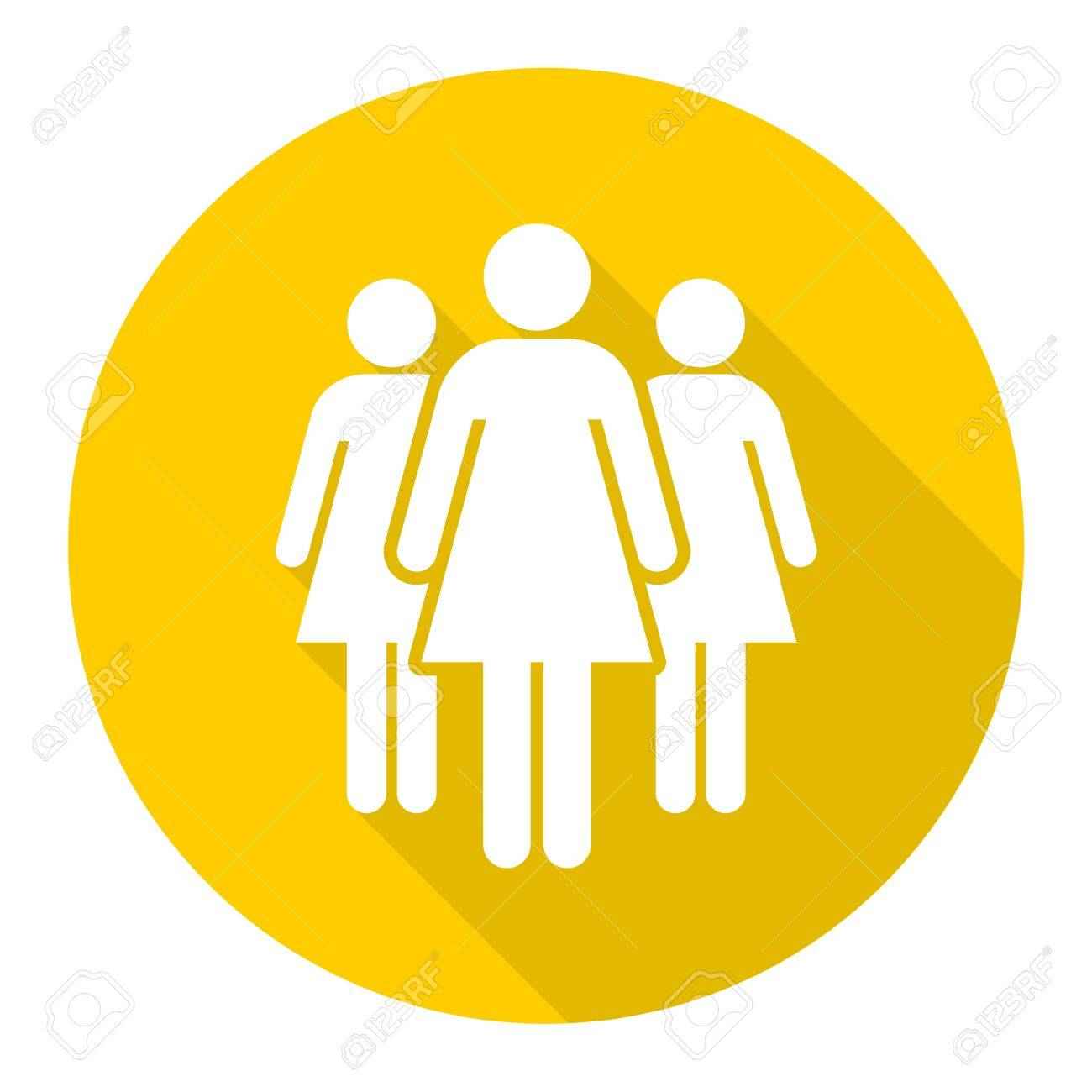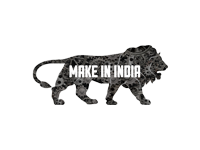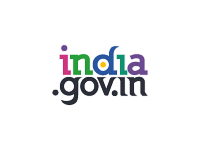
Institution Building and Capacity Building (IBCB)
IBCB Dashboard
Institutional Building and Capacity Building are key components of NRLMs frame work, particularly in Arunachal Pradesh, where the mission seeks to strengthen local institutions, empower marginalized communities, and create sustainable livelihoods. The Capacity-building efforts aim to equip rural communities with the necessary skills, knowledge, and resources to manage their own development processes. This includes training individuals and community-based organizations, establishing robust local institutions, and facilitating greater participations in the decision-making process. The state’s diverse tribal population require tailored approaches in institution-building, ensuring that the cultural and traditional structures of the communities are integrated into the development process. Capacity building therefore, is not only about imparting skills but also about enhancing the local governance mechanisms, fostering leadership, and promoting sustainable practices that align with the region’s ecological and social context Through effective institution and capacity building initiatives ,NRLM in Arunachal Pradesh seeks to empower local communities to become active participants in the developmental process , reduce poverty , and create resilient livelihoods that can withstand the challenges posed by the regions geographical and socio-economic context. It is process of creating and strengthening institutions of the rural poor, especially women, through various measures like organizing them into Self Help Groups (SHGs), federations, and capacity-building interventions.
The components under IBCB are:
1. Institutional Building
- Formation of SHGs (Self-Help Groups): The first step involves the formation of SHGs, which are small groups of individuals (usually women) who come together for collective action, savings, and credit.
§ Group formation
§ Savings and credit management
§ Group meetings and monitoring
- Federations of SHGs: SHGs at the village level are linked to higher-level federations (e.g., Village Organization, Cluster-level Federation, etc.). These federations play a crucial role in capacity-building, advocacy, and providing services to SHGs.
§ Formation of Village Organizations (VOs)
§ Formation of Cluster-level Federations (CLFs)
§ Linkages between SHGs and VOs/CLFs
- Linkages with Financial Institutions: SHGs are linked to formal financial institutions like banks to facilitate credit access and financial services.
§ Bank linkage programs
§ Financial literacy and training
2. Capacity Building
- Training and Skill Development: Capacity-building efforts are made to enhance the skills of individuals and institutions in managing their groups and in various livelihood-related activities.
§ Training SHG members: On financial management, leadership, and technical skills.
§ Leadership development: For both SHG members and leaders of federations.
§ Skill development: For income-generating activities or livelihoods.
- Technical Assistance and Handholding Support: Continuous support and mentoring for SHGs and federations to enhance their organizational and financial capabilities.
§ Field-based technical support
§ Monitoring and evaluation: Of the progress and impact of institutional and capacity-building efforts.
- Community Mobilization and Awareness Building: Efforts to raise awareness about the importance of social mobilization, economic empowerment, and sustainable livelihoods.
§ Awareness campaigns
§ Social mobilization activities
3. Livelihood Support
- Livelihood Interventions: Building the capacity of SHG members to undertake various livelihood activities like agriculture, dairy, poultry, etc., with a focus on improving their income.
§ Livelihood skill training
§ Support for micro-enterprises
§ Market linkages
4. Monitoring and Evaluation (M&E)
- Tracking the progress of Institutional and Capacity Building initiatives through regular assessments, reviews, and corrective actions.
§ Data collection: On SHG performance, financial transactions, and social outcomes.
§ Impact assessments: To evaluate the outcomes of capacity-building programs.

|
|
RF Details |
CIF Details |
||||||
|
Total SHGs (Accoding to MIS only) |
Total SHGs received RF |
Total Eligible SHGs whose RF cannot be proposed due to technical issues |
Total SHGs whose RF proposal has been done before 16th August yet RF is pending |
Total SHGs whose RF proposal can be done between 16th to 19th August 2024 |
Total SHGs received CIF |
Total Eligible SHGs whose CIF cannot be proposed (through PLF/CLF) due to technical issues |
Total SHGs whose CIF proposal has been done (through PLF/CLF) before 16th August yet CIF is pending |
Total SHGs whose CIF proposal can be done between 16th to 19th August 2024 |
|
9856 |
7634 |
1489 |
322 |
158 |
4954 |
1859 |
63 |
159 |
|
IMMERSION SITE DEVELOPMENT TIMELINE UNDER ArSRLM 2024-25 |
||||||
|
Name of State |
Name DMMU |
Name of District |
Name of Block |
Name of CLF |
Timeline by when the CLF will be ready to be declared as immersion site (Month) |
|
|
Arunachal Pradesh |
DMMU Seppa |
Papumpare |
Sagalee |
Mate Dene |
Oct-24 |
Decmber 2024 |
|
Arunachal Pradesh |
DMMU Seppa |
Papumpare |
Kimin |
SWRUPBO DEN MCLF |
Oct-24 |
Decmber 2025 |
|
Arunachal Pradesh |
DMMU Roing |
Namsai |
Namsai |
Umang CLF |
Oct-24 |
Decmber 2026 |
|
Arunachal Pradesh |
DMMU Roing |
Lower Dibang valley |
Roing |
Dakyon Ane Banggo CLF |
Oct-24 |
Decmber 2027 |
|
Arunachal Pradesh |
DMMU Ziro |
Lower Subansisr |
Ziro-1 |
Hii Chi Bulla |
Oct-24 |
Decmber 2028 |
|
Arunachal Pradesh |
DMMU Ziro |
Keyi Panyor |
Yachuli |
KAL PAIYIN |
Oct-24 |
Decmber 2029 |
|
Arunachal Pradesh |
DMMU Pangin |
East Siang |
Mebo |
Monggu Ane Didum |
Oct-24 |
Decmber 2030 |
|
Arunachal Pradesh |
DMMU Basar |
Leparada |
Basar |
Rego Bango Ane |
Oct-24 |
Decmber 2024 |
|
Arunachal Pradesh |
DMMU Daporijo |
Upper Subansiri |
Daporijo |
Dapo Ane |
Oct-24 |
Decmber 2032 |
|
Arunachal Pradesh |
DMMU ROING |
Namsai |
Chongkham |
Nang Mo MCLF |
Oct-24 |
Decmber 2033 |
|
Arunachal Pradesh |
DMMU Basar |
West Siang |
Aalo West |
Ubu Pubu mclf |
Oct-24 |
Decmber 2024 |
|
MODEL CLF COVERAGE REPORT 15-05-2024 |
|||
|
Total No. of MCLF formed |
No. of VOs |
No. of SHGs |
No. Of SHG Members |
|
41 |
359 |
2818 |
23416 |
|
GPs |
Villages |
HHs (Excluding SI-SHGs HH) |
SHGs (Excluding SI-SHGs) |
PLFs |
CLFs |
SI HHs only |
SI-SHGs (Special/Elderly SHGs) |
|
2074 |
5025 |
105580 |
11234 |
1339 |
42 |
8603 |
1710 |
